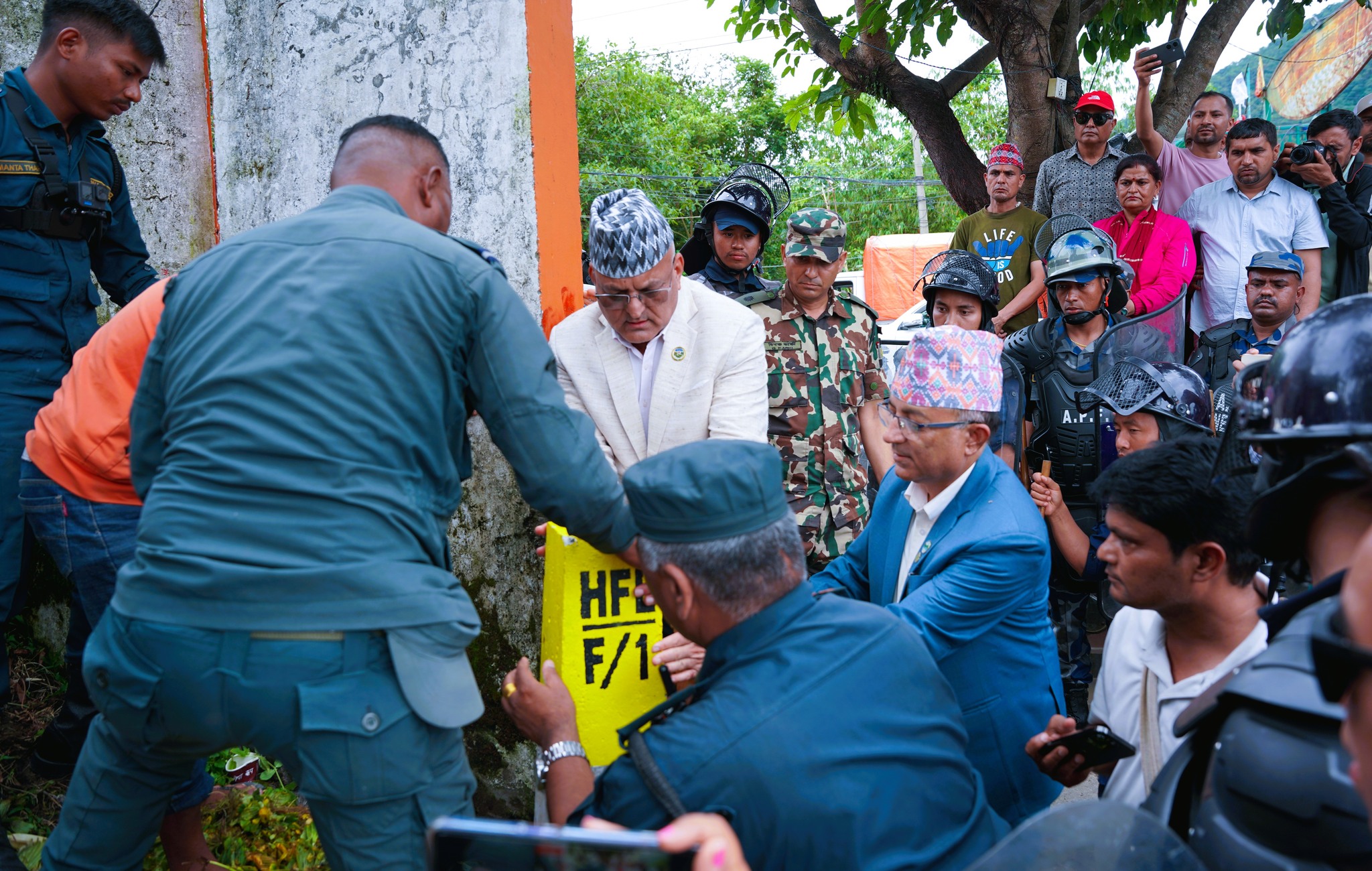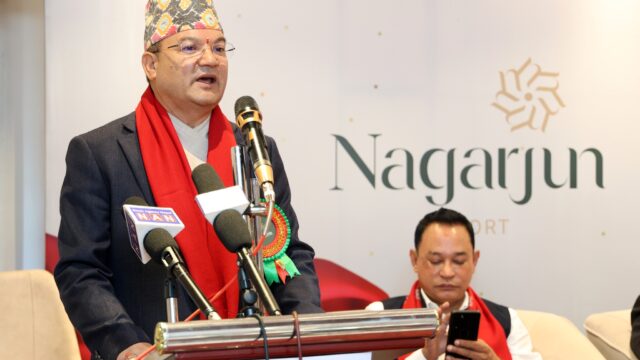Boundary demarcation work has officially commenced at the iconic tourist destination, Fewa Lake in Pokhara. This initiative comes nearly two years after the Supreme Court issued a mandamus order instructing federal, provincial, and local governments to remove illegal structures and enforce regulations to protect the lake.
The demarcation was launched today with the collaborative effort of the Gandaki Province government, Pokhara Metropolitan City, and the local administration. Seven poles were installed along the lake’s shoreline at Barahighat to mark the high-water line, officially initiating the demarcation process.
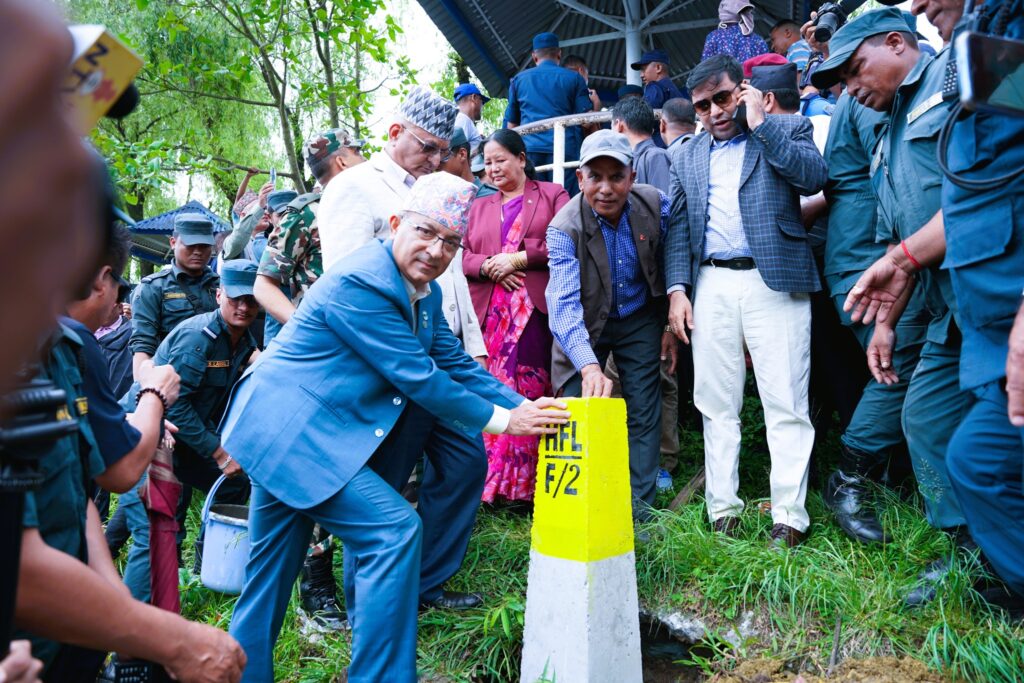
Chief Minister of Gandaki Province Surendra Raj Pandey, Mayor of Pokhara Metropolitan City Dhanraj Acharya, and Kaski Chief District Officer Bharat Mani Pandey jointly inaugurated the work by placing boundary markers at the designated location.
Supreme Court Order Triggers Action
The move to mark the lake’s boundary follows a Supreme Court directive issued on Ashadh 4, 2080 BS (June 19, 2023). The order mandated the removal of all temporary and permanent structures built within 65 meters from the highest water level of Fewa Lake. The final written version of the order was made public on Ashwin 9, 2080 BS (September 26, 2023).
The verdict clearly stipulated that the 65-meter perimeter from the high-water mark be declared a protected green zone, barring any form of construction. Furthermore, the order clarified that landowners who acquired property in the area after 2031 BS are not entitled to compensation.
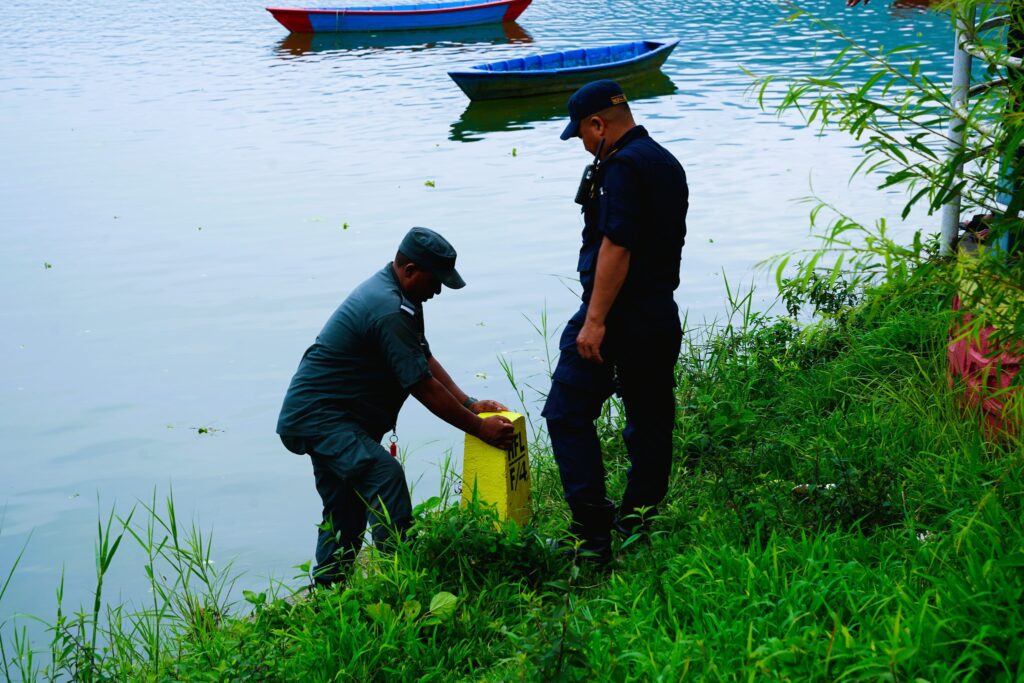
Initial Obstruction from Landowners
Despite the clear legal mandate, previous attempts at demarcation had faced resistance from local landowners. Many expressed dissatisfaction, citing a lack of consultation and alleging that government agencies proceeded unilaterally. This led to obstructions and delays in the demarcation process.
To address these issues, a Facilitation Committee was formed under the coordination of the provincial government. The committee later established multiple sub-committees, including a technical sub-committee, which completed the task of identifying the new boundary and total area of the lake.
According to the committee, a total of 1,055 digital poles are to be installed to delineate the lake’s boundary accurately. The first phase of this plan began today with the installation of seven poles at Barahighat.
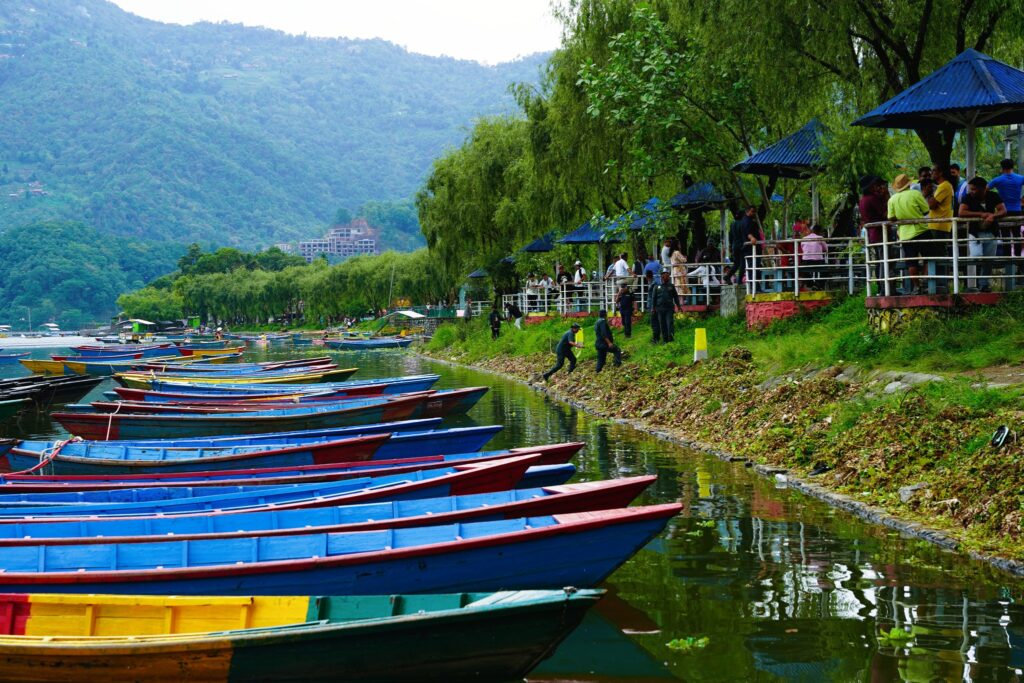
New Boundary Based on Water Level
The new boundary determination is based on the highest recorded water level during the monsoon season, in accordance with the court’s mandate. The poles will act as permanent markers and guide future conservation efforts, ensuring that no further encroachment takes place around the lake’s periphery.
Fewa Lake, renowned for its scenic beauty and boating opportunities, is a central feature of Pokhara’s tourism economy. However, over the years, unregulated urban expansion and commercial development around the lake have led to significant environmental degradation and a shrinking water body.
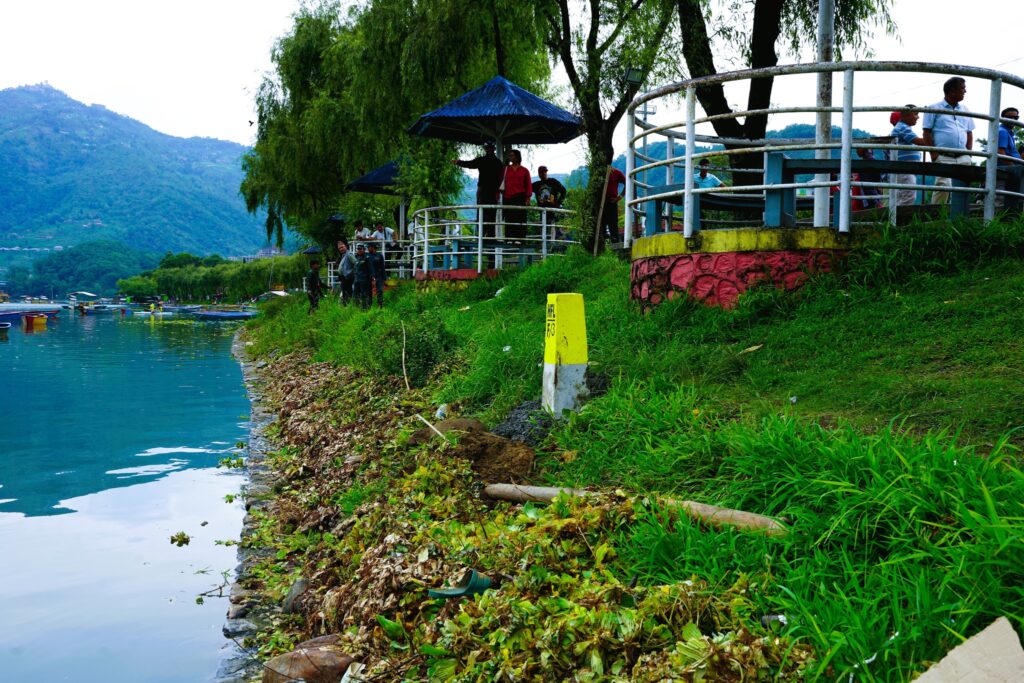
Long-Awaited Implementation
It took 23 months after the court’s initial order for the concerned authorities to finalize the lake’s area and begin the demarcation. On Magh 11, 2080 BS (January 25, 2024), the Facilitation Committee submitted a comprehensive report to the provincial government, recommending specific action plans for enforcing the boundary rules.
The report emphasized the importance of adopting digital tools for precise demarcation and recommended integrating the boundary data into municipal land management systems.
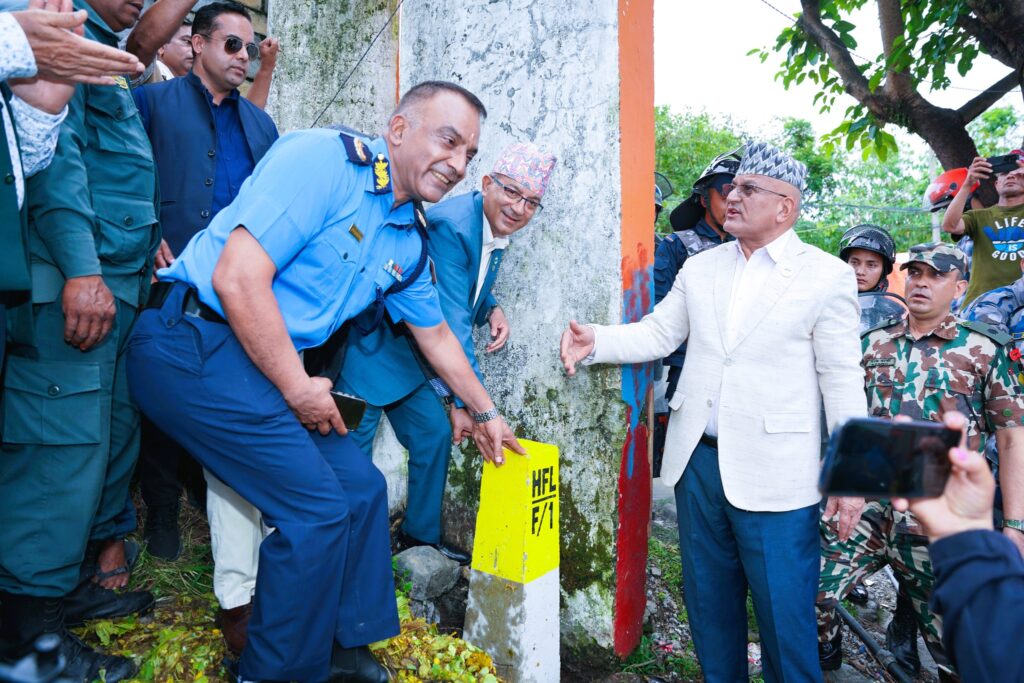
Looking Ahead
The implementation of the Fewa Lake boundary demarcation marks a crucial turning point in the lake’s conservation history. Once completed, it is expected to halt further encroachment and pave the way for sustainable tourism development. It will also set a precedent for the protection of other natural and tourist sites across Nepal.
Environmentalists, tourism entrepreneurs, and civil society members have welcomed the move, urging the authorities to remain vigilant and enforce the rules consistently. They have also called for the development of an inclusive resettlement and compensation framework for genuinely affected landowners who acquired land before the cutoff date.
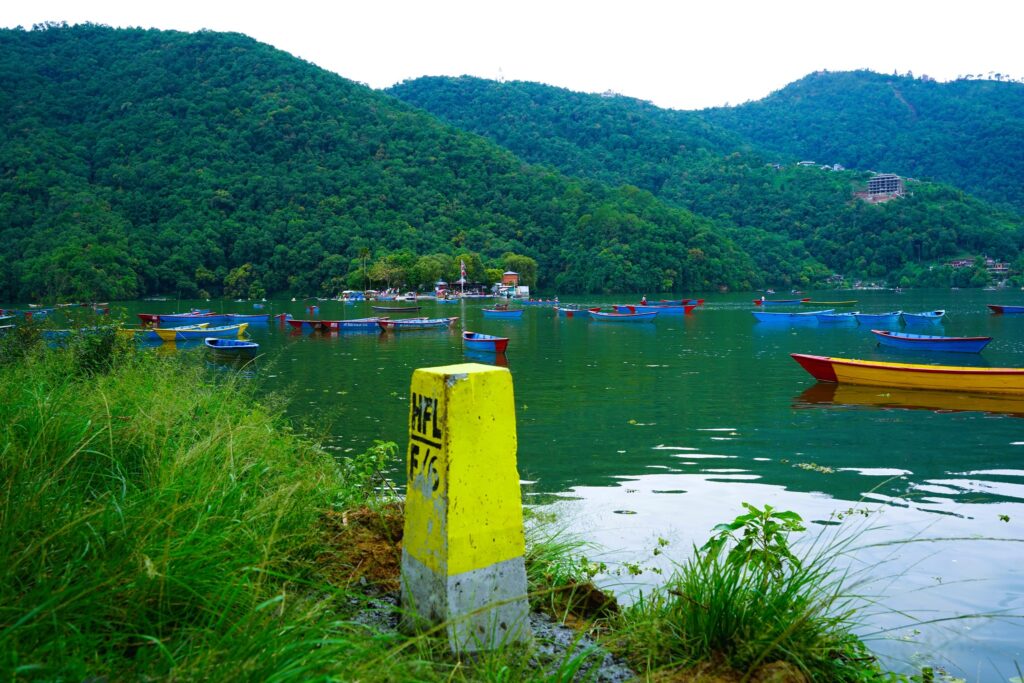
The Gandaki Province government has pledged to carry out the remaining demarcation work swiftly and transparently. With over 1,000 poles yet to be installed, continuous monitoring and local cooperation will be key to ensuring the successful completion of this initiative.
As one of Nepal’s most visited tourist destinations, the protection and sustainable management of Fewa Lake is vital not only for Pokhara’s economy but also for preserving its natural heritage for future generations.
